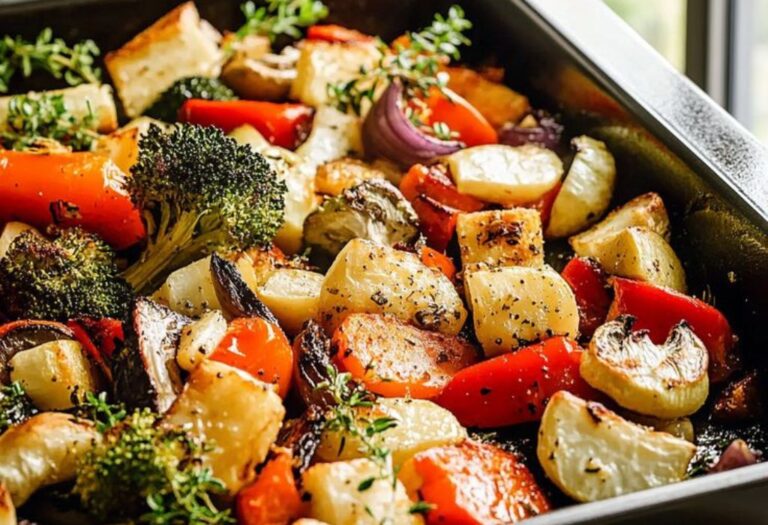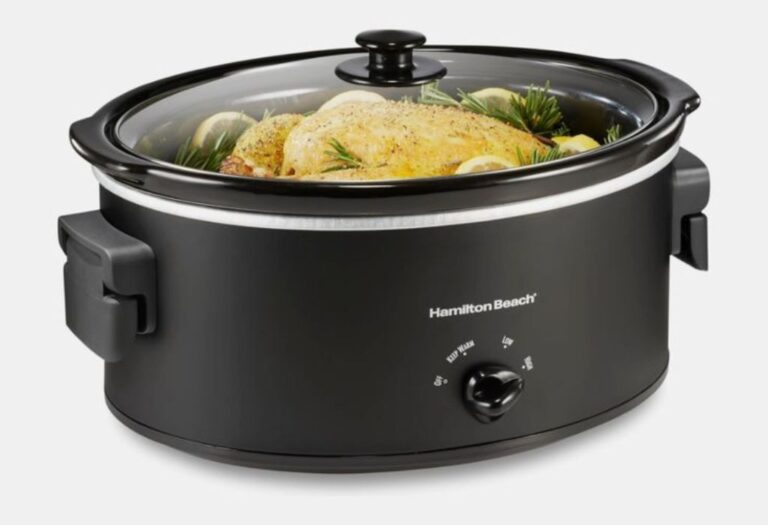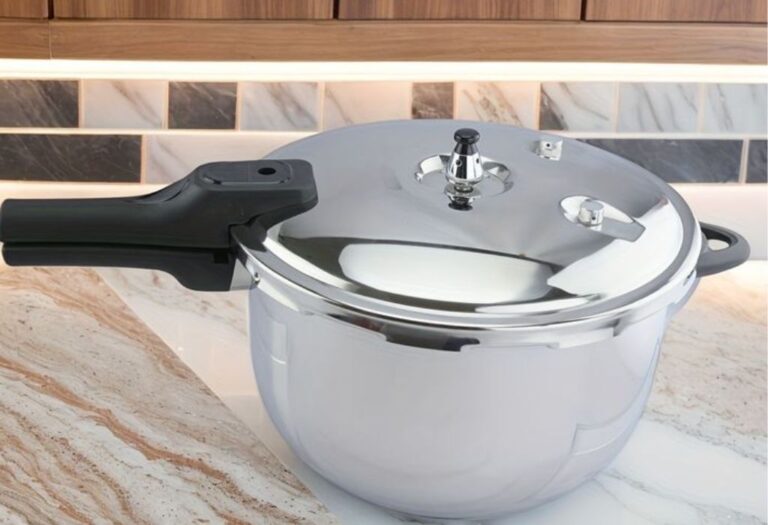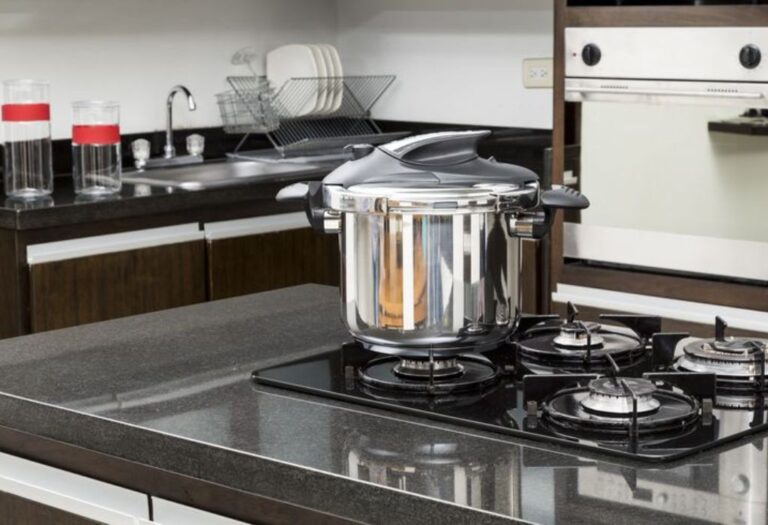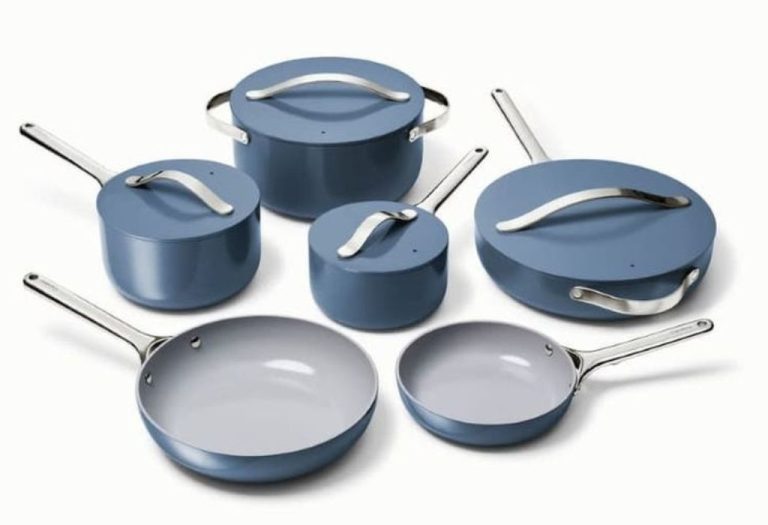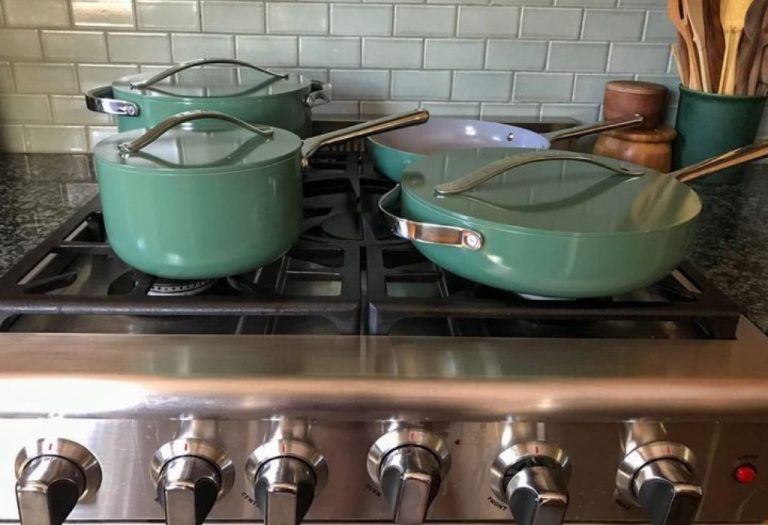The sound of a spatula scraping against a pan is enough to make any cook wince. One careless choice of utensil can turn a smooth ceramic surface into a scratched and worn-out pan.
Ceramic cookware is prized for its nonstick performance and sleek design. Yet its delicate coating demands careful handling, especially when it comes to the tools used during cooking.
Many home kitchens still rely on metal utensils out of habit. Unfortunately, these sharp and rigid tools can cut through ceramic layers and dramatically shorten cookware lifespan.
The risk is more common than many realize. Studies suggest that improper utensil use can reduce nonstick cookware life by up to 50 percent (Good Housekeeping).
At the same time, interest in healthier cooking has fueled demand for ceramic cookware. The global cookware market reached $32.75 billion in 2024, with ceramic options highlighted for being PFAS-free and eco-friendly (Medium).
These numbers reveal the growing importance of proper care. Knowing what utensils to use on ceramic cookware can prevent scratches, extend performance, and protect the value of an investment.
Why Choosing the Right Utensils Matters
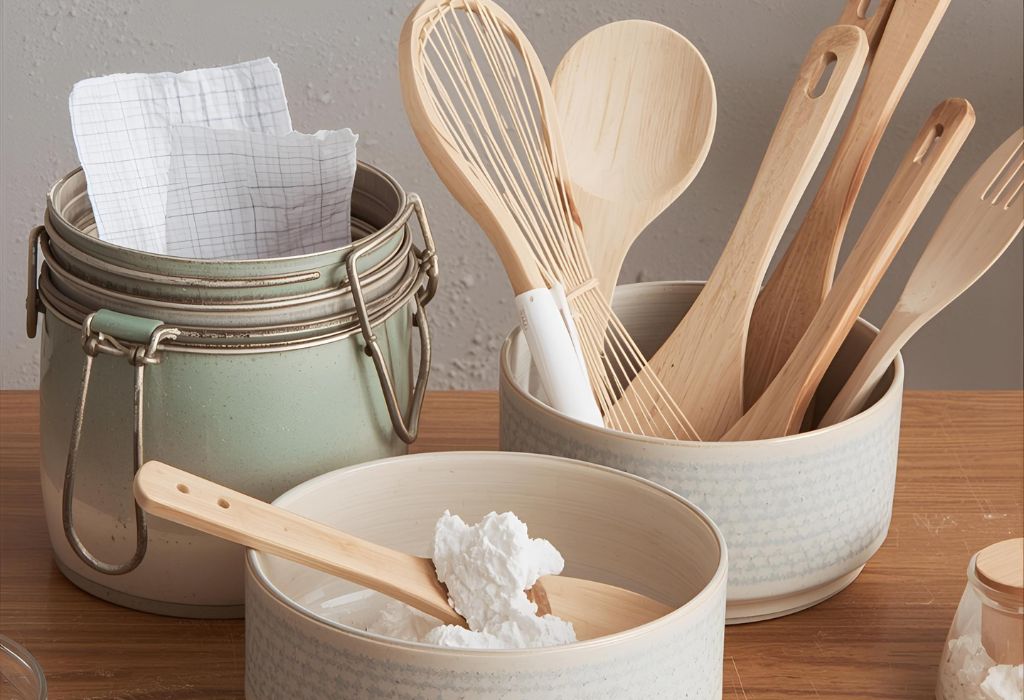
Ceramic cookware is valued for its sleek design and chemical-free nonstick surface. Yet its delicate coating requires careful handling to remain effective.
Every utensil that touches ceramic cookware either protects or damages it. Using the wrong tool can create scratches that quickly reduce performance and lifespan.
Scratches are more than just cosmetic flaws. Once the smooth surface is compromised, food begins to stick, cleaning becomes harder, and cooking results decline.
Heat resistance is another important factor. Utensils that warp, melt, or crack under heat can leave residue or rough edges that scrape the ceramic surface.
Choosing the right utensils is not just about convenience. It is an investment in preserving cookware longevity, ensuring safety, and maintaining nonstick performance.
Why are scratches harmful to ceramic cookware?
Scratches damage the nonstick layer, allowing food to cling and reducing cooking performance.
Does utensil material really make a difference?
Yes, softer materials like wood, silicone, and nylon protect the coating, while metal creates scratches.
Can heat resistance of utensils help?
Yes, heat-resistant utensils prevent melting and buildup that can harm ceramic surfaces.
Do sharp utensil edges increase risk?
Sharp or pointed edges create micro-abrasions that expand into visible scratches.
Do scratches affect safety?
Yes, coating damage may eventually expose the underlying metal and compromise safety.
Best Utensils for Ceramic Cookware
Ceramic cookware performs best when paired with gentle, durable utensils. Experts and brands consistently recommend wood, silicone, and nylon.
Wooden utensils are a timeless choice. They feature smooth edges that prevent scratches and provide a sturdy, natural feel for stirring or flipping.
Silicone utensils are modern kitchen favorites. They are flexible, non-reactive, heat-resistant up to 500°F, and available in many shapes to suit different cooking needs.
Nylon utensils are affordable and lightweight. While not as durable as wood or silicone, they still protect coatings if used within moderate heat limits.
Choosing utensils with rounded and smooth edges further enhances protection. Avoiding sharp designs ensures cookware maintains its nonstick qualities.
Why is wood a safe option for ceramic cookware?
Wood is sturdy and gentle, preventing scratches while being long-lasting.
What makes silicone utensils popular?
They resist heat, bend easily, and remain safe for delicate surfaces.
When should nylon be chosen?
Nylon is great for budget-conscious cooks but should only be used below 400°F.
Can all metal utensils damage ceramic cookware?
Yes, even smooth stainless steel can scratch and degrade coatings over time.
What utensil design is best?
Rounded, smooth, and soft-edged utensils protect ceramic coatings most effectively.
What to Avoid on Ceramic Cookware
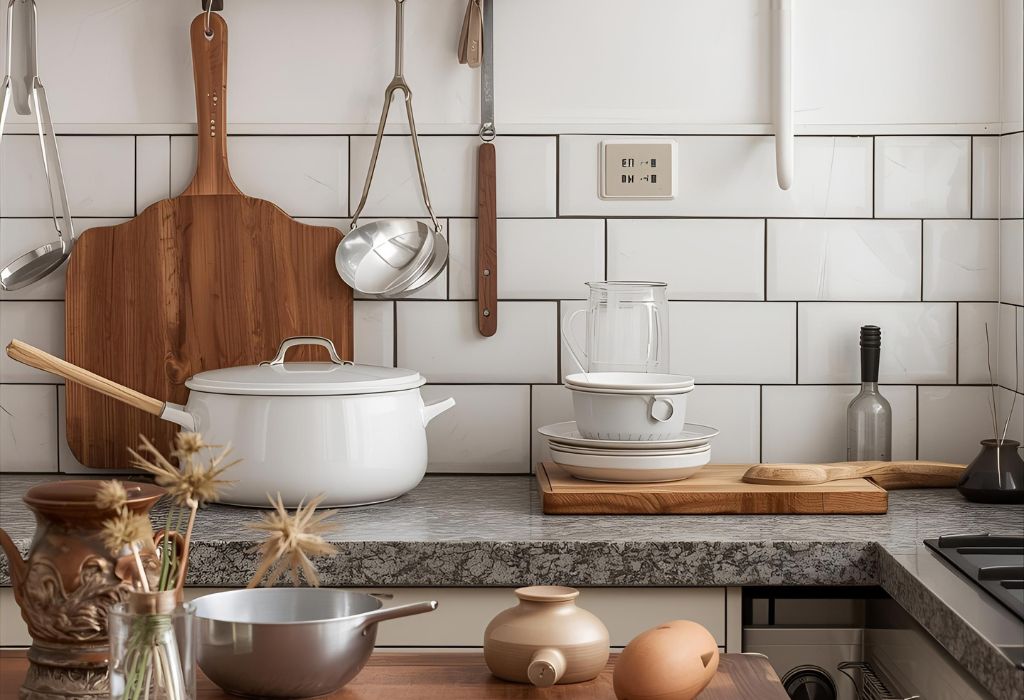
Not all utensils are safe for ceramic cookware. Some materials and designs can cause irreversible damage.
Metal utensils are the biggest culprits. Even occasional use of stainless steel spoons or spatulas can create scratches that ruin the nonstick surface.
Low-quality plastic is another hazard. Cheap plastics warp, melt, and stick to cookware during high heat, leaving behind stubborn residue.
Sharp-edged tools accelerate damage. Knives, steel spatulas, and even chipped utensils dig into the ceramic layer and reduce its effectiveness.
Bamboo utensils, while sustainable, can splinter if not properly finished or maintained. Splinters act like blades, scraping away the protective coating.
Why should metal utensils be avoided?
They scratch the ceramic layer and shorten cookware lifespan.
Is stainless steel safer than other metals?
No, even stainless steel can create small scratches that grow worse with use.
Can cheap plastic utensils cause harm?
Yes, they can melt on hot surfaces and leave residue that damages the coating.
What about bamboo utensils?
Safe if smooth and treated, but splintering bamboo can scratch ceramic coatings.
Do sharp utensils cause faster damage?
Yes, their edges cut through the coating, leading to chips and cracks.
Care Tips to Preserve Utensils and Cookware
The right utensils are only part of the solution. Proper care extends the life of both the cookware and the tools used with it.
Wooden utensils need hand-washing and occasional oiling. These practices prevent cracks and splinters that could damage ceramic surfaces.
Silicone utensils are easy to maintain. They are dishwasher safe, stain-resistant, and ideal for busy households.
Nylon utensils require gentler care. Washing in warm water and avoiding high heat ensures they remain safe to use.
Cookware itself benefits from mild cleaning methods. Hand-washing with soft sponges and avoiding abrasive scrubbers preserves its nonstick qualities.
Storage also matters. Pan protectors, utensil organizers, and avoiding stacking without padding prevent scratches during storage.
How should wooden utensils be maintained?
Hand-wash, dry immediately, and oil to prevent cracks.
Are silicone utensils dishwasher safe?
Yes, they resist stains and can be cleaned in dishwashers safely.
Do nylon utensils need special care?
Yes, avoid high heat and wash gently to maintain shape.
What is the best way to clean ceramic cookware?
Use mild soap, soft sponges, and avoid abrasive cleaners.
How should cookware be stored?
Use pan protectors or separate storage to prevent scratches.
Expert Recommendations and Real-World Insights
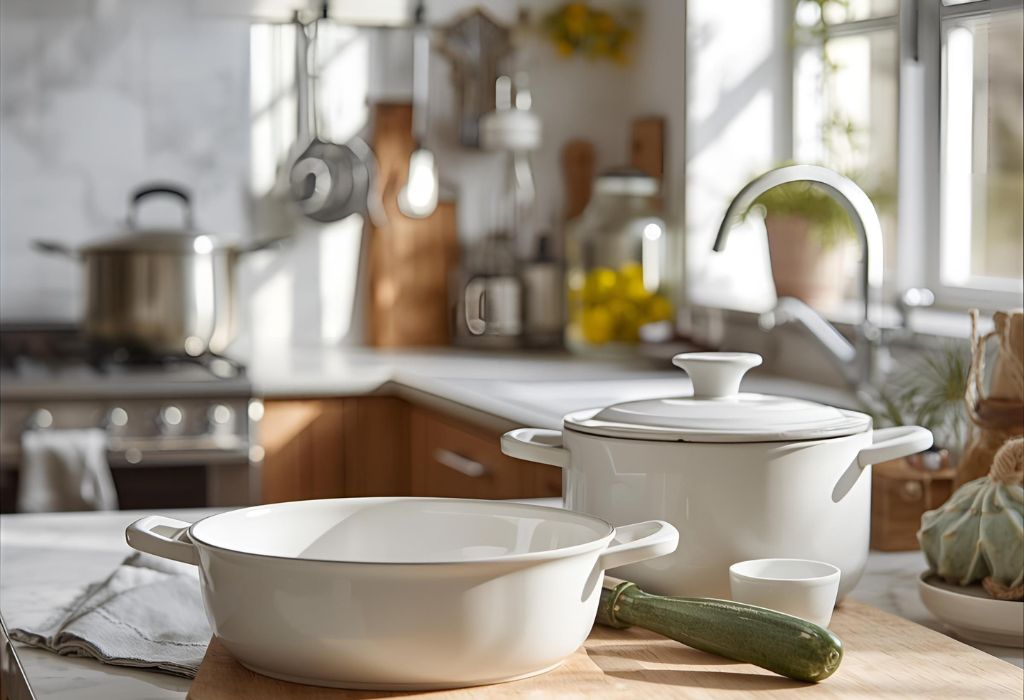
Professional chefs and cookware brands stress the importance of utensil choice. Their research shows that proper tools can extend the life of ceramic cookware by years.
Brands that manufacture ceramic cookware consistently advise against metal. Their care guidelines emphasize wood, silicone, or nylon as the best companions.
Consumer tests confirm that cookware maintained with gentle utensils performs better. Scratches are fewer, nonstick surfaces last longer, and cleaning becomes easier.
Experts also highlight the importance of design. Smooth, rounded utensil edges prevent micro-abrasions, while heat resistance ensures tools remain safe under cooking conditions.
Real-world experiences from home cooks reveal similar outcomes. Families who replace metal with silicone or wood often notice improved performance and reduced wear.
The trend is clear in the cookware market. Many ceramic cookware sets now include matching safe utensils, showing manufacturers recognize their importance.
What do chefs recommend for ceramic cookware?
They prefer silicone, wood, or nylon utensils for long-term protection.
Do manufacturers warn against metal utensils?
Yes, most brands advise using only non-metal tools.
What evidence supports these claims?
Consumer tests show pans last 40–50% longer with proper utensils.
Do utensil design features matter?
Yes, smooth and rounded edges prevent surface scratches.
Why do cookware sets include utensils now?
To ensure consumers have safe, compatible tools for immediate use.
Conclusion
Ceramic cookware has become a favorite in modern kitchens because of its sleek design, eco-friendly materials, and reliable nonstick performance.
Yet its durability depends heavily on one overlooked factor: the utensils used during cooking. Every scratch, chip, or abrasion reduces not only the pan’s effectiveness but also its value over time.
The safest choices are simple—wood, silicone, and nylon. These utensils glide across the coating without leaving marks, resist heat during cooking, and preserve the smooth surface that makes ceramic cookware so appealing.
By contrast, metal, sharp-edged, and low-quality plastic tools accelerate wear and quickly shorten the lifespan of even the best cookware.
Caring for both the utensils and the pans is equally important. Hand-washing with mild soap, proper storage with pan protectors, and routine maintenance of wooden tools all contribute to a longer-lasting kitchen setup. These practices prevent the small damages that build up into costly replacements.
What utensils to use on ceramic cookware is no longer a matter of curiosity—it is a question of preserving safety, performance, and sustainability.
With the right choices, ceramic cookware can deliver years of reliable service, maintain its nonstick qualities, and continue to support healthier, more enjoyable cooking experiences.
I’m Emma J. Caldwell, the founder, lead writer, and home-cooking enthusiast behind KitchenGuideCo.com. With a background in culinary arts and over a decade of cooking experience in both professional and personal kitchens, I created this platform to demystify recipes, offer smart kitchen gadget reviews, and guide readers through meal prep with confidence and clarity.

